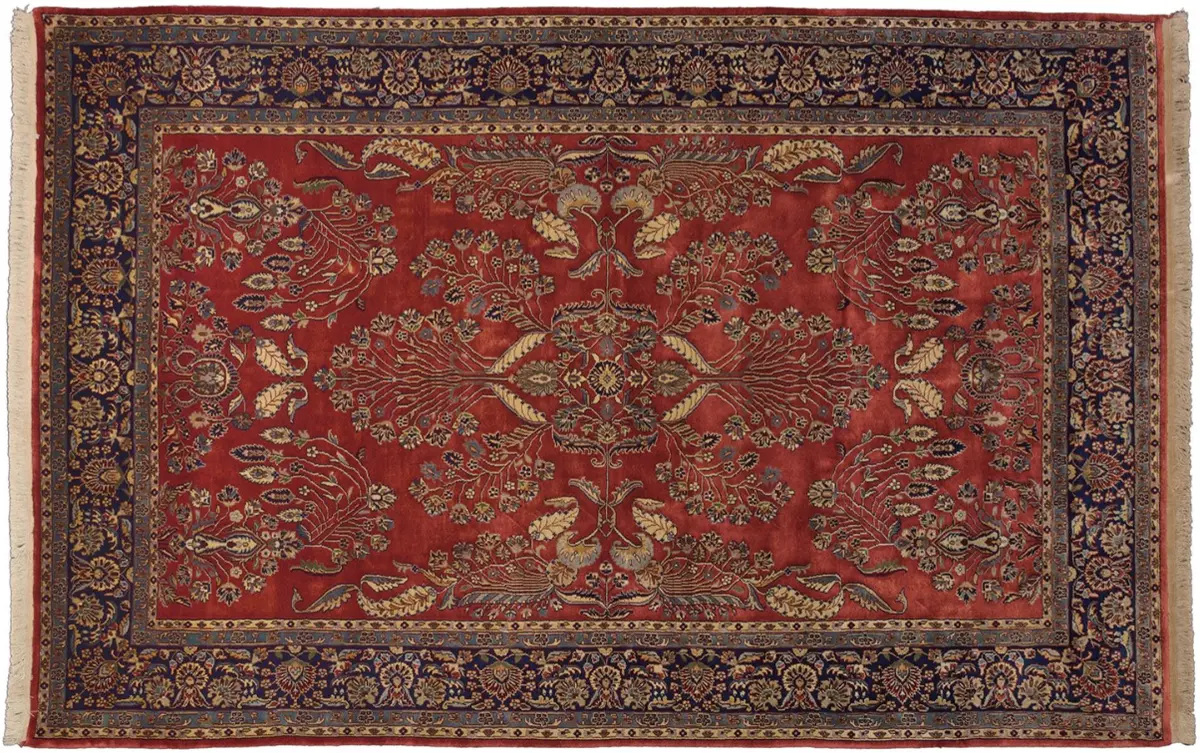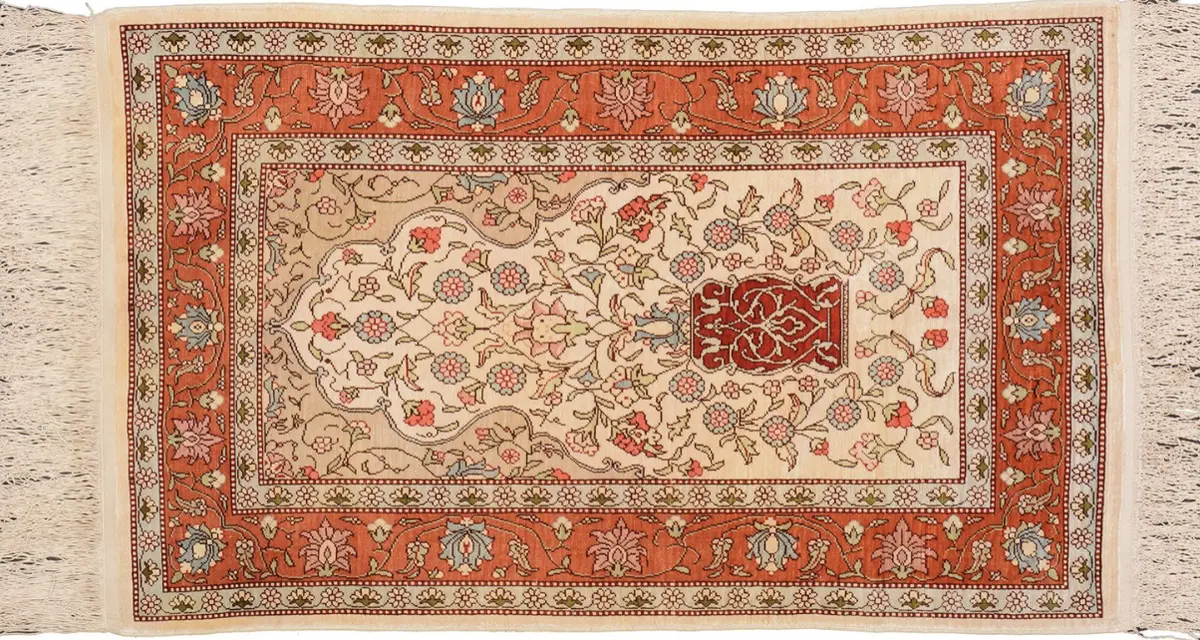Antique carpets
An antique carpet cleaner, antique carpet cleaning, antique wool carpet cleaner, antique piece rug cleaning, antique silk carpet cleaner provides services to clients in the refurbishment, repair, deep cleaning, revitalization, antibacterial and disinfectant protection, impregnation of natural carpets according to your wishes in top quality according to our internal company standards, IICRC™ guidelines and standards and expertly implemented PERSIAN® system.

 the PERSIAN® trademark defines the Carpet Service® branded technology concept of expertly executed carpet service companies focused on the regular maintenance, cleaning, revitalization and impregnation of synthetic, natural, wool, antique and silk carpets, fabric and leather sofas, chairs and upholstery materials. This branded concept brings the utmost professionalism in full synergy with maintaining ethical, environmental and quality performance standards including contractual guarantee of the services provided by the contractor.
the PERSIAN® trademark defines the Carpet Service® branded technology concept of expertly executed carpet service companies focused on the regular maintenance, cleaning, revitalization and impregnation of synthetic, natural, wool, antique and silk carpets, fabric and leather sofas, chairs and upholstery materials. This branded concept brings the utmost professionalism in full synergy with maintaining ethical, environmental and quality performance standards including contractual guarantee of the services provided by the contractor.
Carpets fall into the category of more expensive to high priced carpets and their maintenance is not easy and above all should be carried out by a competent installation company. If your antique carpet at home gets a lot of use, it may get to a state where dust and dirt cannot be gotten rid of by just vacuuming and therefore it is always best to have an antique carpet professionally cleaned. Proper cleaning techniques can keep your carpet in great condition. Antique rugs are timeless works of art that are distinguished by their history and craftsmanship. Each rug tells its own story and adds a special historical aura to your room. Perfect for lovers of unique collectibles.
Ancient Rugs – The History and Science of Rugs
An antique rug is a rug that is at least 100 years old. In addition, the pile and warp of the rug should be in good condition appropriate to its age. Antique carpets often contain patterns or colours that are no longer woven today. They often convey cultural values and visually capture the historical spirit of the time. Through antique carpets, it is possible to gain insight into Central Asian history and contribute to a comprehensive understanding of it. Central Asian carpet art is comparable to European painting.
Ancient carpets were woven in different cultural areas and therefore differ from each other in some cases very significantly. We have summarized the most important regions below:
Persia/Iran: Many provenances and cities originated in Persia, where carpets were hand-woven for centuries and sometimes even millennia. Particularly famous today are the American Sarough carpets, the palace carpets from Kirman, but also from other cities such as Tabriz, Isfahan and Tehran.
Southern Russia/Caucasus: The art of carpet weaving originated in southern Russia several thousand years ago. The Pasyryk carpet, discovered in 1947, is particularly well known and is almost 2500 years old. The variety of carpets from this region is astonishing and only complete experts can distinguish and classify the slight differences in pattern, colour or knotting. Carpets from southern Russia and the Caucasus region are generally decorated with geometric and sometimes very subtle and colourful patterns. The best known today are the old carpets from Bukhara, from the Kauskasus Mountains and from the Turkmens of Central Asia. In addition to carpets, there are also hand-woven antique kilims, which are themselves over 100 years old.
Anatolia/Turkey: Turkey was the most important trading centre for hand-knotted carpets as a link between the Orient and the West. Near Istanbul is the town of Hereke, which has gained a worldwide reputation for weaving the finest silk carpets in the world. The old and antique carpets of Hereke are priceless and utterly rare. Antique Kaiseri carpets and old Anatolian kilims are also dearly traded today.
Afghanistan: Afghanistan has a very old weaving tradition that was not originally intended for trade. Antique Afghan carpets and kilims are very rare and highly sought after by collectors. In particular, an antique Afghan silk carpet is something very special and hard to find.
China and Tibet: Antique carpets from Tibet and China are bound in exquisite silk and wool. In particular, antique carpets from Beijing and Tianjin are usually quite plain and decorated with only a few classical designs.
India: Carpet weaving came to India in the 16th century with the Mughal Empire. The best Persian weavers were hired to weave the great palace carpets in the city of Agra. These antique carpets from Agra are very rare today and are worth a lot of money.
The right antique carpets can be a good investment, as well-preserved carpets from the early 20th century are becoming increasingly rare. However, to do this you need to have a great knowledge of antique rugs. Otherwise, you should consult an expert when buying an antique rug.

Cleaning and maintenance of antique carpets
Antique carpets with natural material require professional care. It is not advisable to attempt home deep cleaning with a steam cleaner from the back and front, as the steam cleaner is unable to clean it all and the excessive heat penetrating it damages the wool and its natural lanolin. Excessive heat can also lead to shrinkage of the natural fibres of antique carpets, putting them at risk of permanent damage.
Home care for antique rugs is simple. Regular weekly vacuuming ideally with a knocking head will not harm it for decades. The natural vegetable dyes, dense weave and natural grease of virgin wool provide protection so most dirt won’t penetrate the rug at all. Only the smallest particles of sand and dust can settle in the foundation over time. In order to remove even the smallest dust particles from the carpet, it is recommended to have the carpet deep cleaned every 2-3 years by an expert – professional natural carpet cleaner.
In everyday life, antique carpets know only two enemies: red wine and years of sunlight. Red wine stains can be treated, but cleaning is very time-consuming and therefore a non-negligible cost factor. To prevent one-sided exposure of the carpet to sunlight, it helps to rotate the carpet frequently at even intervals so that both sides are exposed to similar amounts of sunlight. The sun does not necessarily lead to a reduction in the value of the carpet. Many old and antique antique carpets have only become particularly beautiful and valuable through even exposure to sunlight. Some antique rugs are even exposed to the sun for long periods of time to give the color a brighter, more balanced sheen.
If an antique rug only comes into contact with water, it usually just needs to be thoroughly dried on both sides. The carpet will lift for several days when wet, as the warp expands due to the moisture. Once the moisture has escaped from the carpet, the warp will settle again and the carpet will not change. Strong rubbing of water stains in dry conditions or the use of detergents should be avoided, as both can damage an antique rug. In the case of coffee or cola stains, you should contact a professional as soon as possible. You can treat the stain yourself using lukewarm water and dishwashing detergent. However, you should seek professional advice before doing so.
Mold Removal + Mold Prevention It is important not to neglect older antique carpets that may smell of mold or damp odor, as natural carpets have a natural tendency to retain moisture that later leads to mold. There are several ways you can get rid of unpleasant odours by cleaning your carpets:
- Leave an antique rug in sunlight for a few hours.
- Blow dry the carpet with a fan on both sides, remembering to work in sections.
- Take the rug to a professional carpet cleaner – this is a guaranteed way to get rid of mildew from an antique rug.
The professional carpet cleaning and the reputable antique carpet maintenance provided through expertly skilled technology brings assurance that your antique carpet will not shrink, fade, or even show any damage.
- We first remove most dirt and dust from your antique rug by hand with gentle machinery, instead of running it through aggressive equipment that can damage your precious rug.
- Depending on the material of your antique rug, we will use a specialized stain remover to thoroughly remove or reduce the stain depending on the condition of the rug.
- Depending on the material, your rug will either be cleaned in a water bath and then dry cleaned using special “WOOL SAFE” chemical cleaners.
- We will then dry the carpet as best we can to remove excess moisture and let it dry and turn it off.
- Finally, we thoroughly disinfect and impregnate the antique rug and after a thorough inspection, we wrap it and prepare it for delivery or transport to you.
How you can protect your rug from damage
- Moth larvae nesting in antique carpets are quite common and can be kept under control by regular vacuuming, leaving carpets in sunlight for a few hours and also by having them professionally cleaned.
- If you want to store antique carpets in a warehouse, it is best to have them professionally cleaned and kept in an enclosed area to prevent dirt from getting on them.
- Always store your rug in a clean, dry area, as moisture causes damage to the rug.
- To avoid excessive pressure on the carpet, use furniture covers on the legs of tables and chairs.
- Use thick rubber pads under loose rugs to prevent them from sliding. They also help manage the weight of the furniture.
In conclusion, it’s always better to have antique rugs cleaned by a professional than to try to do it yourself. This is because the more likely a mistake is to be made, the more your carpet will be damaged or may become locally degraded, even irreversibly so.